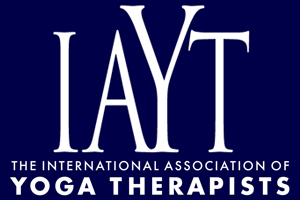The Art of Yoga Project: A Gender-Responsive Yoga and Creative Arts Curriculum for Girls in the California Juvenile Justice System
As girls enter the juvenile justice system, they stand on the precipice of a lifelong cycle of crime and incarceration, yet still have the opportunity to turn toward healing and rehabilitation. With this in mind, The Art of Yoga Project (AYP) has designed a gender-specific intervention that combines Yoga, visual arts, and creative writing to help girls learn how to create a positive future for themselves. This article introduces AYP and shares the goals, objectives, and experiences of the program. A thorough description of AYP's comprehensive Yoga and Creative Arts Curriculum is provided, including a sample class plan and overview of the entire course. Eight principles of best practices are presented and discussed. We hope that this blueprint will inspire and empower other Yoga therapists to develop similar programs that serve this important and underserved population.
